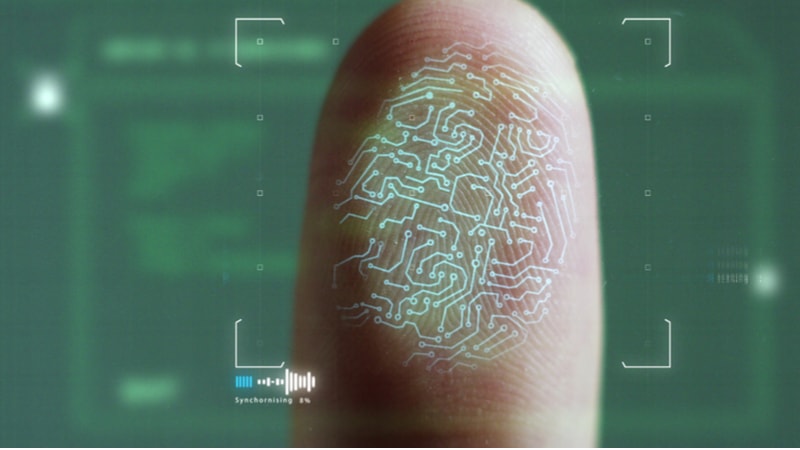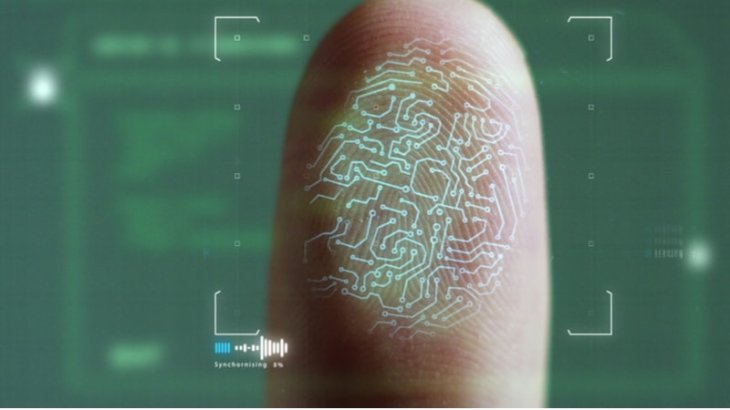How Fake Fingerprints Cheat The Biometric Systems
Parvati Misra - Nov 18, 2018

Research has been implementing a neural network to produce fake fingerprints served as the “master key” for identifying biometric systems.
Research has been implementing a neural network to produce fake fingerprints served as the “master key” for identifying biometric processes and confirming the possibility of fake fingerprints manage to be generated.
A document was handed out at a security conference in L.A, the artificial fingerprints generator, called “DeepMasterPrints” via the researchers from the University of New York. The DeepMasterPrint was able to successfully fake more than once in the total of five fingerprints bypassing the biometric process with the error rate of 0.1%.
The group of researchers, the head of them is Philip Bontrager, stated that the fundamental approach would be expected to have multiple implementations in the insurance of fingerprints systems including the synthesis of fingerprints. Also, this shows that there are security flaws existing in authenticating processes. Therefore, much research must be done to develop more secure alternatives in the time to come.
About how DeepMasterPrints works? It exploits two attributes of the foundation of authenticating processes. First and foremost, for ergonomic purposes, most fingerprints processors do not process one’s whole fingerprints. It only processes some sections of the fingerprints that make contact with the scanner.
Most importantly, those processes do not combine the whole partial image of a fingerprint; rather, they only examine the partial images with the partial scan. The partial record can contain hundreds of preserved partial fingerprints, and the attacker only has to find one of them to gain access to whatever device you have biometric systems on.
Secondly, some fingerprints’ features tend to be more general than others. Which means, the possibility that fake prints could match with other fingerprints’ features is more than pure of luck.
Based on the previous observations, the group of researchers used a simple machine learning technique, named the generative adversarial network, to create new artificial fingerprints that coordinate with as many partial fingerprints as possible.
The neural network is not limited in creating multiple fingerprint images, it could create fake fingerprints which perfectly matched the real ones to the human observation – a development from a previous technique, which constructed the jagged, right-angle fingerprints that would bypass the scanner, however, not a human inspection.
The method is compared with the “dictionary attack” for bypassing passwords, which attackers run a list of passwords in order to bypass the security system.
The specific account may not get attacked by those methods, but when those methods are used against larger scale accounts, they can achieve enough fruitions worth the effort.
Featured Stories

Gadgets - Jul 21, 2025
COLORFUL Launches iGame Shadow II DDR5 Memory for AMD Ryzen 9000 Series

Gadgets - Jun 23, 2025
COLORFUL SMART 900 AI Mini PC: Compact Power for Content Creation

Review - Jun 18, 2025
Nintendo Switch 2 Review: A Triumphant Evolution Worth the Wait

Gadgets - Jun 18, 2025
Starlink: Why It’s a Big Deal for U.S. Internet in 2025

Gadgets - Jun 17, 2025
How Custom PC Setups Support India's Esports Athletes in Global Competition

Gadgets - Jun 12, 2025
Lava Prowatch Xtreme Launches with Google Fit Integration

Gadgets - Jun 07, 2025
Fujifilm Instax Mini 41 Launches in India: Stylish Instant Camera Now Available...

Mobile - Jun 07, 2025
Realme C73 5G Launches in India: Budget 5G Phone Starts at ₹10,499

Gadgets - Jun 07, 2025
OnePlus 13s Makes Indian Debut: Compact Flagship Brings Premium Features at...

Gadgets - Jun 07, 2025


Comments
Sort by Newest | Popular